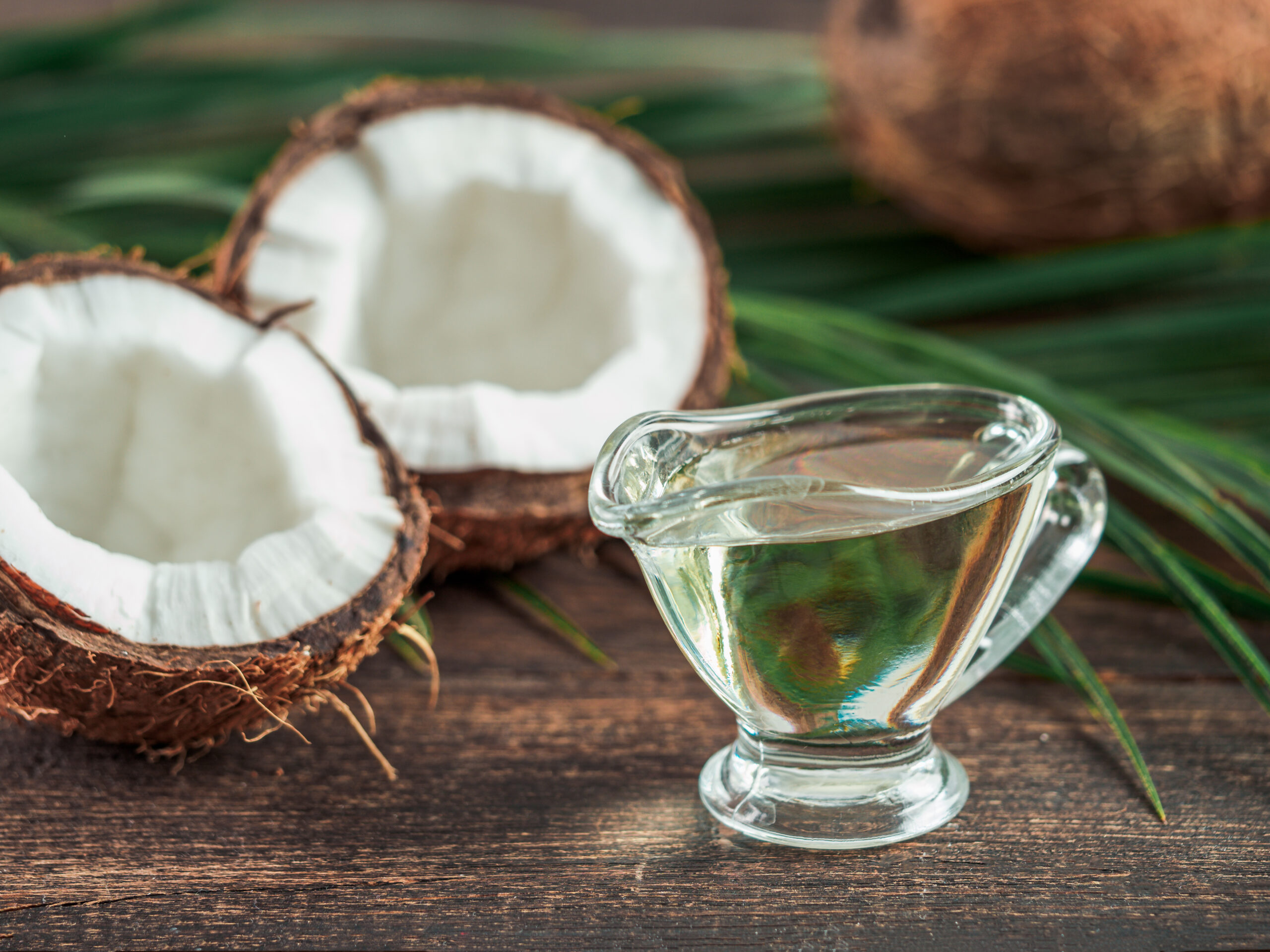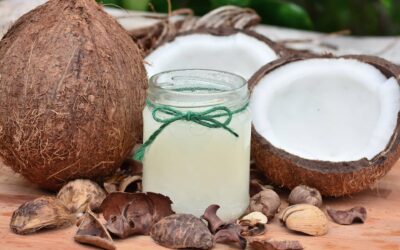There has been a growing interest in MCTs (Medium Chain Triglycerides) in recent years. This could be partly due to the health benefits MCTs can offer or the benefits of some of the rich sources of MCTs.
At PREXIMMA, we stand to take to the world the best healthy products and the glories of MCTs got our curiosity and full attention.
Health enthusiasts and MCT lovers believe MCTs can help with weight loss, enhance exercise performance, lowers cholesterol levels, lower blood sugar levels for patients with diabetes, improve brain function, and also help with liver diseases.
This article will enlighten you on MCTs and the different types of MCT oils you can import.
What are MCTs?
MCT in full means Medium-chain triglycerides and Triglycerides simply means fat. Triglycerides are known to have two main functions. When they are consumed, they are either burned up for energy or stored in the body as fat. This is because MCTs can be metabolized differently compared to other fats like LCTs (Long-chain Triglycerides) which make the majority of fats in our diets (1).
MCTs are different from LCTs from the length of their fatty acid chains and also from the way they are processed by the body. LCTs may contain over 13-21 carbon atoms whereas MCTs are shorter and may contain 6-12 carbon atoms which makes it easy for the body to process.
In terms of how these fats are metabolized by the body when consumed, MCTs are known to be rapidly processed and metabolized by the body and less likely to be stored as fat. This is because once MCTs are consumed, they make their way directly to the liver and are used up as energy.
For LCTs, they need to be broken down by pancreatic enzymes as they are consumed then delivered to the lymphatic system before they can be moved to the liver to be used up as energy. Since they are not easily and rapidly metabolized by the body the excess is likely stored as fat.
Types of MCTs
In other to have a better understanding of the different types of MCT oil, we much first understand the different types of MCTs that make the MCT oil or which are found in huge amounts in MCT oil. There are basically four main types of medium-chain fatty acids with their carbon atoms ranging from between 6-12.
– C6: caproic acid or hexanoic acid
– C8: caprylic acid or octanoic acid
– C10: capric acid or decanoic acid
– C12: lauric acid or dodecanoic acid
The Source of MCTs
MCTs can be found in some of our day-to-day diets, however, in other to increase our intake of MCTs to reap the outstanding benefits, it can either be through whole foods or from supplements like MCT oil. MCT oil can be plant-based or animal-based and can be obtained from foods like coconut oil (55%), Palm kernel oil (54%), whole milk (9%), and butter (8%) (2) (3) (4) (5).
Which oils are highest in MCT?
The two main oils that are rich in MCTs are coconut oil and palm kernel oil with 55% and 54% of MCTs respectively.
Since the majority of people today are directing their choice of diet towards plant-based, there is a huge demand for MCT oil obtained from sources like coconut oil and palm kernel oil. Even so, many are still not interested in MCT oil obtain from the palm kernel oil due to the deforestation claims that come with the cultivation and production of palm oil which also explains why our main focus towards the supply of MCT oil is geared towards coconut-based MCT oil.
Also, given the above sources of MCTs, their compositions are known to vary greatly among the different types of MCTs. Despite the fact that coconut oil contains all four MCTs, it is high in lauric acid (C12) and less in the other copra fatty acid (C6, C8, and C10). As a matter of fact, coconut oil is made up of over 42 % of lauric acid, one of the highest natural sources of the fatty acid (6) (7).
For milk, the Capra fatty acids are about 4-12%, and lauric acid (C12) is only 2-5% (8). The same goes for other dairy products like cheese, yogurt, and butter. They all tend to have a higher amount of Capra fatty acids and a lower amount of lauric acid (C12)
MCT Oil
MCT Oil is a supplement made up of a single source or a combination of MCTs. It is a concentrated source of medium-chain fatty acids (MCFAs) from coconut oil or palm kernel oil.
MCT oil can be formulated by extracting the different types of medium-chain fatty acids (MCFAs) from either coconut oil or palm kernel oil. However, not all the MCFAs are usually used in the production of MCT oil as they all come with different unique characteristics. It is important to note, MCFAs and MCTs mean the same thing and will be used interchangeably.
The C6 MCFA which is also known as caproic or hexanoic acid is often left out in the formulation of MCT oil even though it is characterized as the MCFA with the shortest carbon and is well known to be metabolized very rapidly in the body. The C6 is removed from MCT oil due to its unpleasant taste and smell.
Also, the C12 MCFA which is also known as lauric acid or dodecanoic acid is removed from MCT oil. Lauric acid makes the majority of MCT in coconut oil, rich in anti-microbial properties but not often used in MCT oil. This is for the fact that C12 is the slowest MCT to metabolize by the body. However, there has been some request for it to be included by some groups of MCT users which will be discussed below.
What are the different types of MCT oil?
There are basically three types of MCT oil (including the recent request of MCT oil with C12 lauric acid) which are MCT6040, MCTC898, and MCT8020. MCT oil can be made up of a specific MCFA or a combination of MCFAs as described below;
MCTC898 C8 (Caprylic Acid)
This is the most popular MCT oil and is made up of the C8 MCT. The oil can be up to 98% Caprylic acid and is more expensive compared to the other MCT oil. The oil is more rapidly absorbed by the body and acts as a quick source of energy. This oil is more popular in the fitness industry.
MCT6040 C8:C10 (Capric and Caprylic Acid)
This is MCT oil with 60% C8 (Caprylic acid) and 40% C10 (Capric acid). This MCT oil is less expensive compared to the MCTC898 MCT oil. The oil can be considered as a step down MCT oil with added capric acid (C10). The body metabolizes the oil pretty fast and can also act as a source of energy.
MCT8020 C8:C10:C12 (Capric, Caprylic, and Lauric Acid)
This is the MCT oil with lauric acid (C12). This is new to the market due to the request from some group of MCT oil users. The oil is requested under the condition that the oil remains liquid under cold conditions. High C12 oils such as refined bleached coconut oil and virgin coconut oil solidify under cold conditions or lower temperatures. The oil is made up of 20% lauric acid and less C8 and C12. The oil can be used as an active ingredient in food and cosmetic products.
Which is better C8 or C10 MCT oil?
Caprylic acid (C8) is known to be better than capric acid (C10) because it takes a shorter time for the body to metabolize the oil when compared to capric acid (C10). Capric acid (C10) has almost all the same properties as caprylic acid (C8) like antimicrobial characteristics, boost ketones, and helps to reduce body fat (8), but the body takes a bit longer to process into ketones (9).
When the body takes a longer time to metabolize these acids, the excess is stored as fat in the body. This explains why MCT oil C8 is more popular and more expensive compared to the other oils.
To further enhance this point, and the reason why lauric acid (C12) is rarely used in MCT oil is due to the fact that it is the only MCT with the longest amount of time the body takes to process.




